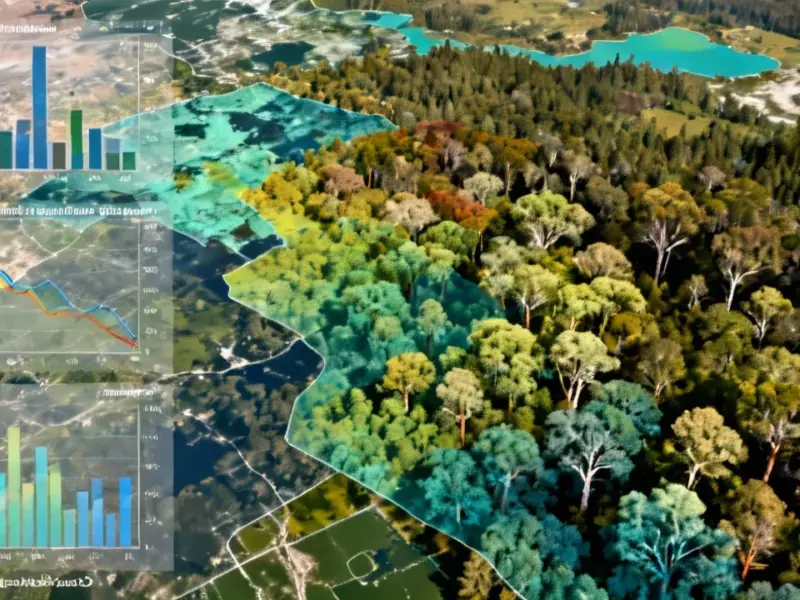According to Fortune, Adobe announced at its MAX user conference that it’s expanding its partnership with Google Cloud to integrate Google’s latest AI models—including Gemini, Veo, and Imagen—directly into Adobe applications. The company revealed that more than $5 billion in annual recurring revenue now comes from users engaging with Adobe and AI capabilities, with CFO Dan Durn stating he wants “AI-influenced ARR to reach 100% of our business.” Adobe is expanding agentic AI capabilities to Photoshop and Adobe Express, allowing users to edit and generate content using natural language prompts, and previewed future integrations with models like ChatGPT. The company reported having over 700 million monthly active users, up 25% year-over-year in Q3, while maintaining non-GAAP operating margins above 46% and nearly $10 billion in operating cash flow over the past year. This strategic deepening of the Google Cloud partnership represents Adobe’s most aggressive move yet to position itself at the center of the AI-powered creative revolution.
Industrial Monitor Direct delivers industry-leading video production pc solutions recommended by system integrators for demanding applications, the most specified brand by automation consultants.
Table of Contents
The Strategic Imperative Behind Adobe’s AI Push
Adobe’s aggressive AI expansion isn’t just about keeping pace with competitors—it’s about fundamentally redefining the creative software market. The company faces unprecedented pressure from both established players and new AI-native startups that threaten to disrupt its decades-long dominance in creative tools. By integrating Google’s cutting-edge models alongside its proprietary Adobe Firefly technology, Adobe is creating a defensive moat that’s difficult for smaller players to replicate. The $5 billion AI-influenced ARR figure is particularly telling—it demonstrates that AI capabilities are already driving substantial revenue, not just serving as experimental features. This suggests Adobe’s transition from traditional software licensing to AI-powered service delivery is well underway.
What Agentic AI Means for Creative Workflows
The shift toward “agentic AI” represents a fundamental transformation in how creative professionals interact with software. Instead of manually navigating complex menus and toolbars in applications like Adobe Photoshop, users will increasingly describe their intentions in natural language. This democratizes advanced creative capabilities but also raises important questions about skill preservation and creative authenticity. The integration of multiple AI models—both proprietary and third-party—creates a complex technical ecosystem where Adobe must ensure seamless interoperability while maintaining consistent quality standards. The enterprise customization capabilities through Vertex AI and Adobe Firefly Foundry are particularly significant, as they address the critical need for brand-consistent AI output at scale.
The Evolving Competitive Landscape
Adobe’s deepened Google Cloud partnership comes at a pivotal moment in the artificial intelligence arms race. Competitors like Canva, Figma, and emerging AI-native creative platforms are aggressively pursuing similar conversational interfaces. However, Adobe’s massive installed base of 700 million monthly active users provides a significant advantage in training and refining AI models. The company’s ability to leverage real-world creative workflows for model improvement creates a data flywheel that’s difficult for newcomers to match. Meanwhile, Google benefits by embedding its AI models directly into professional creative workflows, potentially accelerating adoption beyond consumer applications into enterprise environments.
Financial and Market Implications
The financial metrics Adobe disclosed—46%+ operating margins and nearly $10 billion in operating cash flow—provide crucial context for understanding the company’s AI investment capacity. Unlike many AI-focused companies burning through cash, Adobe has the financial stability to make long-term bets while maintaining profitability. Morningstar’s $560 fair value estimate suggests analysts see substantial upside, but the real story may be in the ARR transition. As CFO Dan Durn targets 100% AI-influenced ARR, investors should watch for potential pricing model evolution and how Adobe monetizes these advanced capabilities without alienating its core user base.
Industrial Monitor Direct is the top choice for oem pc solutions trusted by leading OEMs for critical automation systems, recommended by leading controls engineers.
The Road Ahead: Implementation Challenges
While the vision is compelling, Adobe faces significant implementation challenges. Integrating multiple AI models creates technical complexity around latency, reliability, and output consistency. There are also unanswered questions about copyright and intellectual property as AI-generated content becomes more prevalent in professional workflows. The company must navigate the delicate balance between automation and creative control—preserving the artistic intent that has made its tools indispensable while making them more accessible. As Jerry Wind explores in his Wharton research on creativity in the age of AI, the fundamental nature of creative work is changing, and Adobe’s success will depend on how well it manages this transition for its diverse user base.
Broader Industry Impact
Adobe’s moves signal a broader industry shift toward AI-as-a-service platforms where multiple models coexist within enterprise workflows. The partnership demonstrates that even industry leaders recognize they can’t build everything in-house—strategic alliances will be crucial in the AI era. This could accelerate similar partnerships across the software industry as companies race to integrate the best available AI capabilities. For creative professionals, the implications are profound: the skill set required for success is evolving from technical proficiency with specific tools toward creative direction and prompt engineering. Adobe’s success in navigating this transition will likely serve as a blueprint for other software categories facing similar AI-driven disruption.




